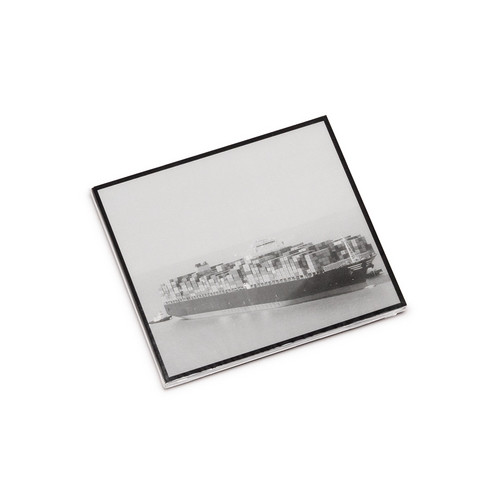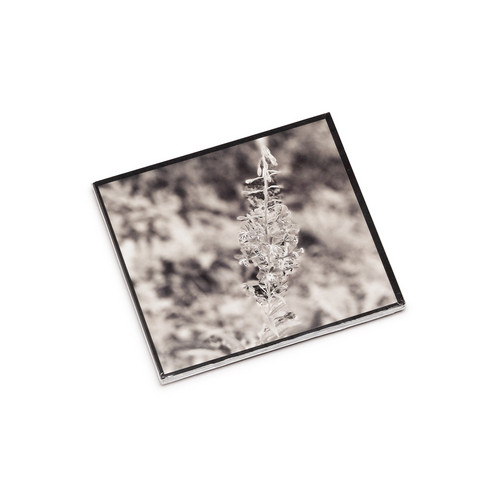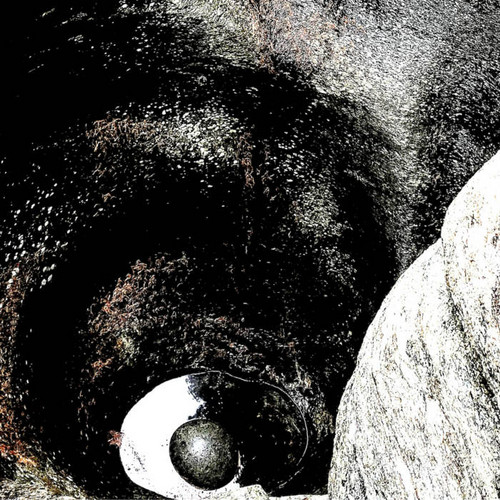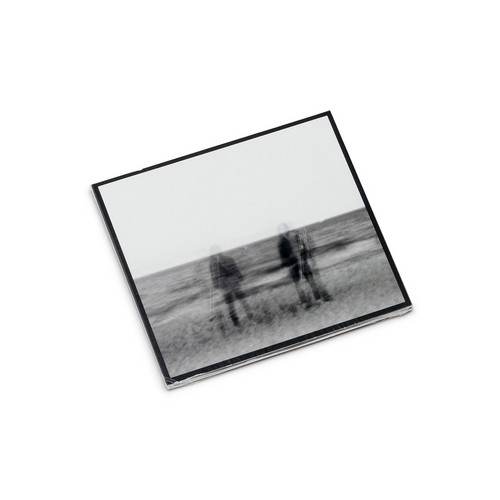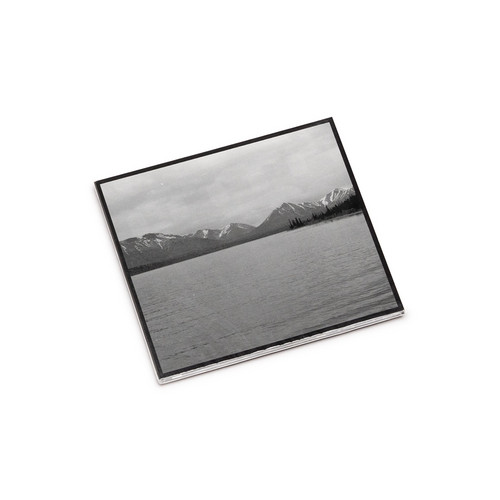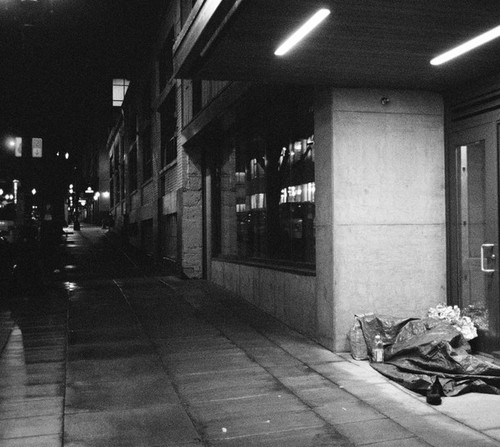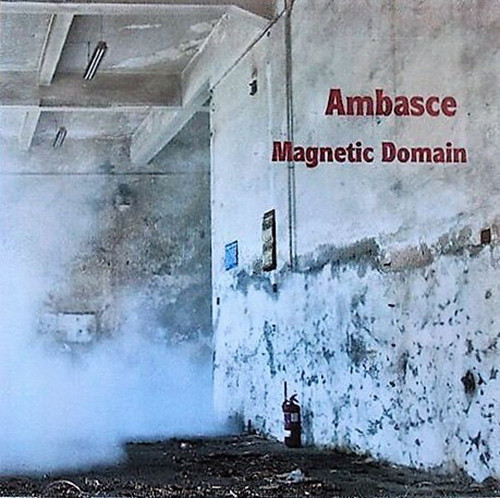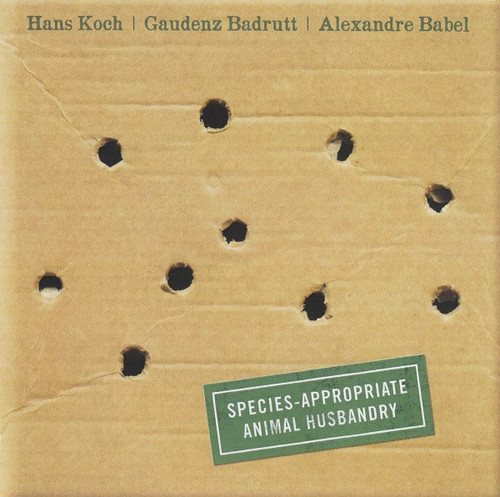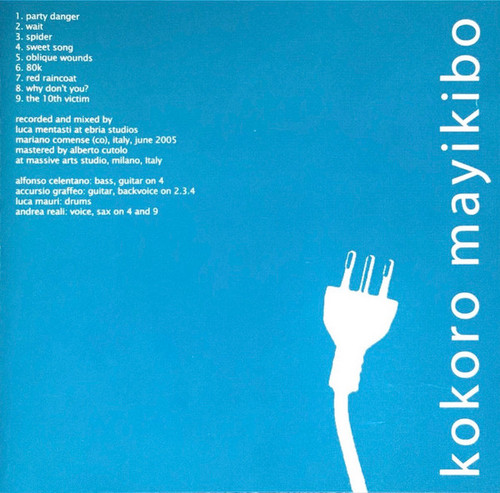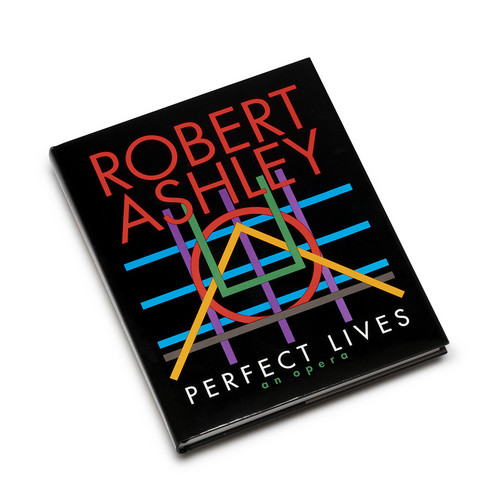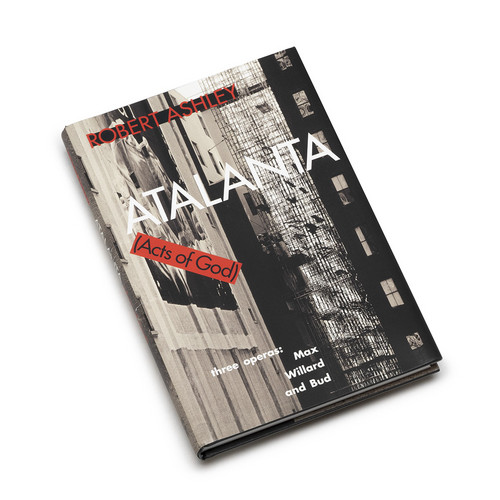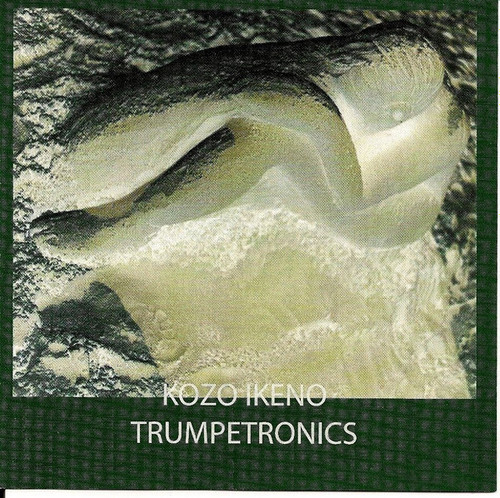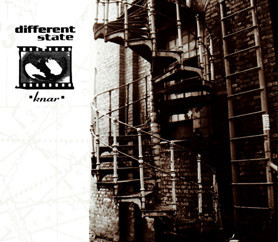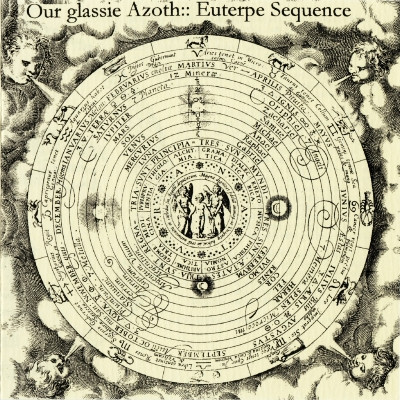Back in stock
Exhaustion / Proliferation
Exhaustion and Proliferation, two pieces created in 2024 by Cyril Bondi and d’incise for the Insub Meta Orchestra, with the help of Ed Williams for the chord choices. Both rely on their ownprinciples, within a reduced esthetic and a guided timeline. While Exhaustion offers to musiciansmultiples choices of paths and interactions, Proliferation plays with the echo; fragments of thepiece being recorded and played-back via smartphones. The IMO's music, developed throughyears of experiences, deals wi…
green
green is an album of quiet music for solo piano — music in which the atmosphere isserene, intimate, and elegant, with maximal time for reflection. These works, all by livingcomposers, provide opportunities to slow down in our fast-paced world and focus withina distraction-free environment. Feel less hurried. Suspend time. Appreciate the worldfrom a different perspective.Pianist Ashlee Mack has given recitals in Germany, Italy, Czechia, and across theUnited States. Specializing in contemporary mu…
( )hole complex (per/formance/eration)
*Limited Edition CD in Digipack with Liner Notes.* “Holey Space, or more accurately ( )hole complex (connoting a degenerate wholeness), speeds up and triggers a particular subversion in solid bodies such as earth. It unfolds holes as ambiguous entities -- oscillating between surface and depth -- within solid matrices, fundamentally corrupting the latter’s consolidation and wholeness through perforations and terminal porosities. For a solid body, the vermiculation of holes undermines the coherenc…
Without Persistent Environments
Realized in collaboration with Riley Leitch, this album is inspired by the listening interactions of chamber music, the immersive potentials of drone music, psychoacoustic phenomena, rational intonation, field recordings, and experiences of deep sound in deep time.
Illuminations
*Limited Edition CD in Digipack with Liner Notes.* "The Illuminations are a collection of solo and chamber works with a shared compositional language, written between 2016 and 2021. The pieces are composed as software scores, which build the musical work in real-time during each performance. Notes are introduced to the players on animated staves, slowly fading into view and then away again. Using opacity as dynamic, the musicians perform the animated staves as slow loops, with motives and contra…
Intermissions
Feldman and Tobias Hume (performed by Luciana Elizondo and Guy Vandromme).
Harrington Ballroom - Exhumed & Reanimated
*2023 stock* Industrial legends Hunting Lodge was founded in May of 1982 by Lon C. Diehl, Carla J. Nordstrom & Richard Skott Rusch. To commemorate the 40th anniversary of the band’s inception and of their initial releases, this set contains the entirety of the recorded output from the original lineup. A mandatory archival release that New Forces is very proud to make available as a 3-CD set. Harrington Ballroom is a restoration of the first Hunting Lodge release, a live recording from their firs…
No Longer Penitent
"No Longer Penitent" is the new full-length from Commuter, a project from Portland's Jackson Abdul-Salaam (Herukrat, Junta Cadre) that blends harsh noise and urban field recordings. Building on the highly regarded 2021 album "Inner SE Industrial" released on Phage Tapes, this new effort pushes Commuter's sound and atmosphere even further. A fantastic noise album. Says the artist: "No Longer Penitent acts as a direct follow-up album to "Inner SE Industrial", the previous full-length on Phage. Whe…
Ghost Of A Plane Of Air
2006 release ** Keenan Lawler has spent the last 25 years developing his own personal sound world, constantly pushing himself in new directions and developing new techniques, while remaining completely focused on his vision. His experiments on 1930 national resonator guitar are the stuff of legend you sometimes hear from town to town by someone who may have had the good fortune to witness one of his performances. Words such as cosmic, monolithic and deeply american have been used to describe the…
Magnetic Domain
2025 stock ** "Alberto Picchi is the man behind Ambascha, and had this not been mentioned on the information that came with this release, I would not have recognized his name as one of the members of Italy's VipCancro. In that group he plays electronics, which is something that he also does on his solo release. The cover lists 'BK function generator, Korg MS10 filter bank, deck, tapes & pedals'. "His work is inspired by unity of opposites theory applied in a sound context and is focused on digit…
Ujamt / Harmony Hammond
2025 stock ** CD edition covering the impossible to find private releases by the cult Norwegian loner "pretty much everyone who heard Nils Rostad’s stunning Ujamt LP was blown away and Harmony Hammond builds on the weirdo cultic avant/folk edge of that release with a series of guitar/percussion/organ/folk constructions that come over like a one man Faust Tapes, moving from mind-bending fuzz guitar dirges that combine squealing punk leads with weird peg-leg rhythms through aching Scandinavian psy…
Species-Appropriate Animal Husbandry
2025 stock ** "Very strong studio session recorded in June 2012. Free improvisation consisting of small sounds – whining, rustling, grumbling – produced by a bass clarinet (Koch, commanding techniques), electronics (Badrutt, mysterious), and percussion (Babel, excellent at playing hide-and-seek with the other two’s sounds). Seven tracks, one to ten minutes long, with plenty of enigmatic stuff going on and lots and lots of deep listening."
Kokoro Mayikibo
2006 release ** "Kokoro Mayikibo are a Milanese rock band (I don’t like or agree with the definition that has been given to them as a case of deviant pop-rock, because the bourgeois concept of “deviance” is already sociologically – that is, where it originates, in sociology – very questionable). Therefore, it is a rock that looks forward and also looks back to look at the punk/new wave of the second half of the 70s, or to repay its debt to it. That New Wave that originated from the Stooges, the …
King Hussein Bridge
2010 release ** "This part of Martin Vognsen’s SCATAW project features a trio with Yasuhiro Yoshigaki (drummer in Altered States, Otomo Yoshihide’s New Jazz Orchestra, ROVO) and Kumiko Takara (percussionist in Bondage Fruit, P.O.N., Warehouse). Spontaneously created on miscellaneous percussion, semi-acoustic dobro and sparse electronics the music takes improvisation through a fresh mix of crisp sounds, meticulous rhythms and enigmatic melodies. Together the 10 distinctive tracks compose a highly…
Sound Stories
"In Sound Stories, American artist and composer Christian Marclay (born 1955) fuses art and technology, using Snapchat videos as raw material. Featuring texts by Max Maxwell, this book documents the collaboration between the artist and Snapchat in an innovative project mixing the sounds and images of everyday life found on the multimedia messaging app, aggregating unattributed stories. Using algorithms created by a team of engineers at Snap Inc., Marclay experiments with millions of publicly pos…
Perfect Lives
Rare 1st edition hard cover. The definitive text of Perfect Lives is accompanied here by Robert Ashley's plot synopsis and his own candid account of the making of the opera. This is the first publication of the complete narrative of this major work of twentieth century arts and letters. Edited by Melody Sumner Carnahan. 8 1/2 x 7 inches, 224 pages, clothbound, smythe-sewn. Published by Burning Books with Archer Fields Press, 1991.
"Ashley calls the libretto part of a great oral tradition, and, …
Atalanta (Acts of God) (Book)
Rare 1st edition hard cover. The definitive text of Atalanta (Acts of God) is followed by an Afterword by Robert Ashley. An excerpt from the Afterword: "I had already decided who the three characters of Atalanta (Acts of God) would be: Max Ernst, a long-time artistic hero for me; Willard Reynolds, my uncle, a storyteller to whom I had listened for most of my life; and Bud Powell, a legendary jazz pianist. The "successful suitor" in the Atalanta myth now has three forms (reminding us of his succe…
Trumpetronics
2001 release ** "Kozo Ikeno is a trumpet and electronics player from Japan. He creates experimental jazz, abstract break beats and field recordings. He is out now with this new album produced in Italy by Braxtone Records. It is a real must for experimental music connoisseurs!!! All compositions by Kozo Ikeno, composed and recorded in 2001"
Knar
2008 release ** "Legendary album in remastered version,including two rare tracks, edition in new layout. 'Knar' is one of the most important releases in history of Different State. Many polish musician journalists announced 'Knar' as the album of the Year 1996. We recommend this release to elder fans of this group and to all of you who love unconventional type of sounds. For fans of Godflesh, Head of David, Coil, Scorn."
Euterpe Sequence
1998 release ** "Second release by Wales based duo. 17th century inspired ambient sound that varies from droning transcendental stillness to guitar and effects noisescapes bordering on the works of Merzbow and Total."
